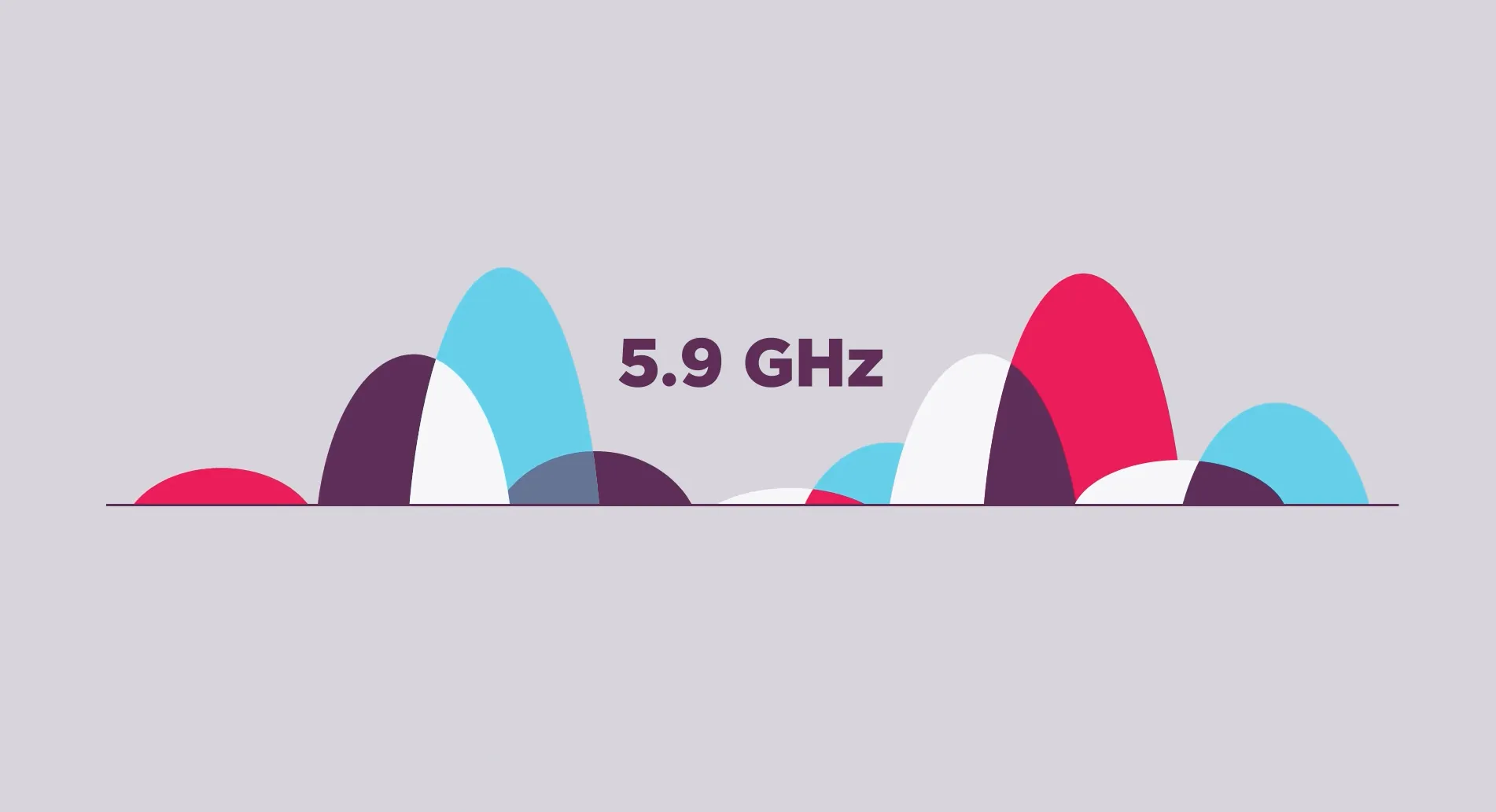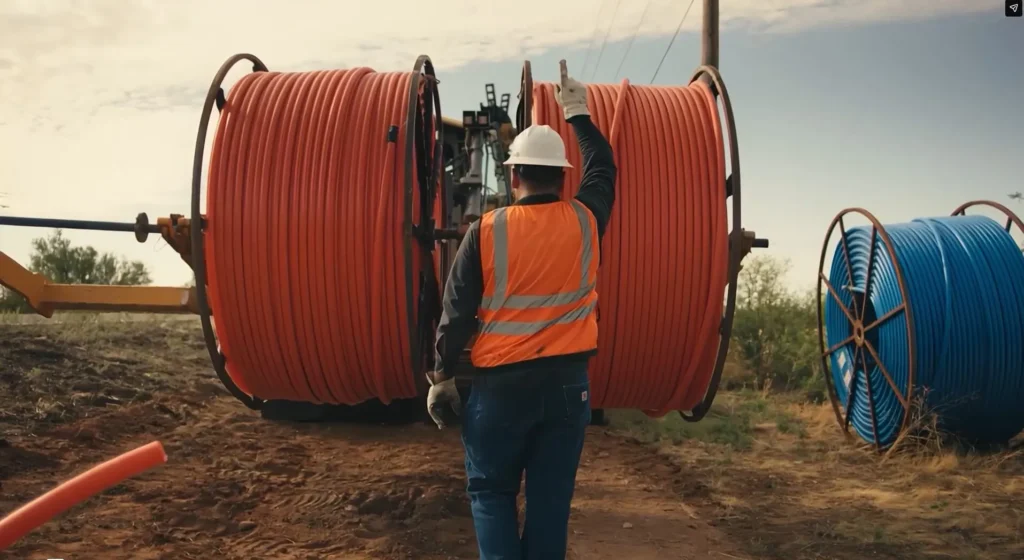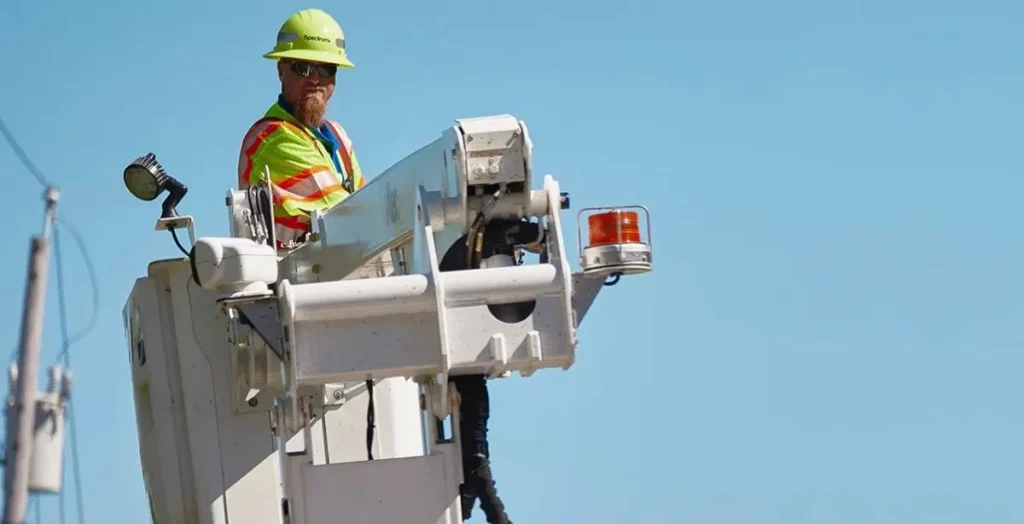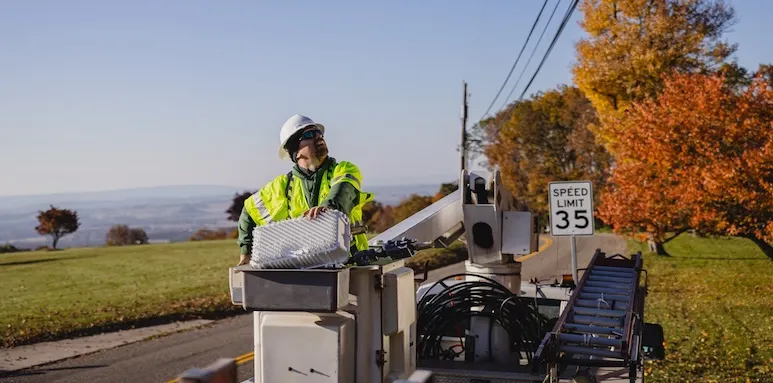It’s time for the FCC to take a fresh look at the 5.9 GHz band. After two decades and millions of dollars in wasted government subsidies, the Dedicated Short Range Communications (DSRC) experiment in the 5.9 GHz band has clearly failed. The growth of Wi-Fi over the last two decades and the potential of this spectrum to deliver better Wi-Fi only amplify this failure in policy. The time is now for the Commission to open all or a substantial part of the 5.9 GHz band to unlicensed innovation and consider flexible options for addressing the spectrum needs of automotive technologies.
Most of us use Wi-Fi every day at home and at the office, but Wi-Fi is also critical to all aspects of everyday life and the U.S. economy, contributing more than $500 billion annually. It is how we do business, deliver healthcare and education, and foster civic engagement. Wi-Fi already securely carries medical telemetry in hospitals, hundreds of billions of dollars in financial transactions daily, important machine communications, and many other crucial services on which people depend. Because of this growing reliance, Wi-Fi will play an increasingly important role in the delivery of next-generation broadband technologies like growing Internet of Things applications and 5G. To support all of this and facilitate continued wireless innovation, our country needs additional Wi-Fi spectrum.
The 5.9 GHz landscape has changed tremendously since the FCC kicked off its proceeding on the band more than five years ago—and certainly in the 20 years since the FCC allocated the spectrum to DSRC. The 1999 decision to allocate the 5.9 GHz band to DSRC has impeded wireless and automotive innovation and undermined the consumer good. Despite being granted its own band and more than a decade of government subsidy, DSRC has failed to provide any real-world automotive safety benefits. At the same time, the free market for vehicle technologies has flourished around it, using non-5.9 GHz spectrum and existing cellular technologies. The time to move on from this clearly failed policy is now—5.9 GHz spectrum is too valuable to our country’s economic future to allow it to go unused any longer.
This is not just the view of the Wi-Fi industry; DOT has recognized the evolving marketplace for automotive technologies and shifted focus from DSRC to technology-neutral standards. The agency also recently reaffirmed its commitment to “exploring methods for sharing [the 5.9 GHz band] with other users.” Automakers have also made clear in comments filed with DOT and the FCC that their interest is moving beyond DSRC to other automotive safety technologies—both radio-based, like Cellular V2X, and non-radio technologies like the lidar, radar, and cameras that power automated vehicles. Such technologies have the potential to save lives and change the way we experience transportation; but given the significant changes in the technology landscape in the 20 years since the FCC first designated the 5.9 GHz band to DSRC, the ability to use LTE bands for V2X, and the success of other technologies like lidar and radar, it is time to examine whether the FCC should reserve the 5.9 GHz band for any specific automotive technology.
The spectrum environment is far different than it was in 1999. The lower-adjacent 5.8 GHz band is now the nation’s workhorse Wi-Fi band, supporting millions of unlicensed devices. Just above 5.9 GHz, in the 6 GHz band, the FCC plans to propose permitting unlicensed operations at its October open meeting. This would leave DSRC—if it ever emerges—or any specialized automotive technology, as an unsustainable technological island. Given all these changes, the FCC should consider whether to relocate automotive operations to another band.
One thing hasn’t changed: American consumers still need much more unlicensed spectrum to support the fast-paced growth in demand for, and the growing reliance on critical services supported by, Wi-Fi, and to enable next-generation ubiquitous connectivity. In fact, that need is accelerating. NCTA’s members have spent tens of billions of dollars to deliver Gigabit broadband to homes and businesses—and to ensure that Wi-Fi keeps pace. But studies show that consumers will need access to more than 1 gigahertz of new unlicensed mid-band spectrum to support wide-bandwidth (160 MHz) channels that are essential to deliver Gigabit Wi-Fi.
The 5.9 GHz band remains the best option to put additional spectrum to work for Wi-Fi. First, the 5.9 GHz band is adjacent to the most widely used Wi-Fi band in the world, meaning that manufacturers could quickly bring enhanced broadband connectivity and speeds to the market as soon as unlicensed use is authorized. Second, no other mid-band spectrum is so underutilized or has fewer incumbent operations. Third, the FCC is exploring whether to authorize unlicensed users to share the upper-adjacent 6 GHz spectrum, provided that incumbent operations can be protected. As Commissioner O’Rielly has suggested, “if DSRC no longer makes sense, the Commission could combine the 5.9 and 6 GHz bands to expand current unlicensed operations and promote continued growth.”

All this change (and underutilization)—along with the urgent need for additional unlicensed spectrum—supports decisive FCC action to take a fresh, holistic look at 5.9 GHz spectrum. As Commissioner Rosenworcel has stated, “There is no shame in correcting course.… it’s time to be ambitious and find a way forward that puts the 5.9 GHz band to fuller use.” For all of these reasons, NCTA suggests that the Commission expeditiously adopt a Further Notice of Proposed Rulemaking or other appropriate vehicle that: (1) recognizes that past over-regulatory efforts to mandate a particular technology or to reserve the band for particular companies have failed; (2) finds that substantial changes in the 5 GHz spectrum environment, the market’s rejection of DSRC, and the pressing need for additional unlicensed spectrum support a proposal to designate all or a substantial portion of the 5.9 GHz band for unlicensed use; and (3) seeks comment on whether to allocate other, more suitable spectrum for automotive communications technologies.









